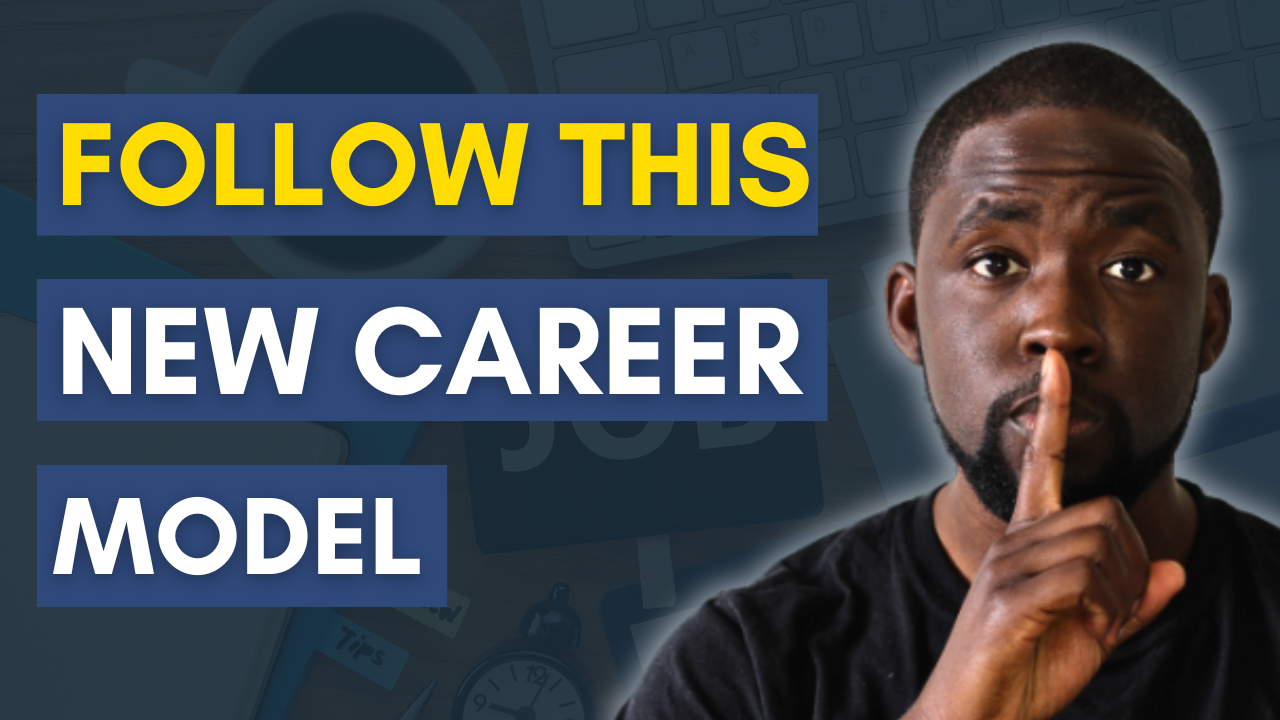Redefining Career Success: Why Climbing the Ladder Might Be Holding You Back
Introduction: The Career Question No One’s Asking
What if everything you’ve been told about career success is outdated? What if climbing the traditional corporate ladder isn’t the ultimate goal, but rather a limiting framework that boxes you into a version of success defined by someone else?
Today, we’re flipping that narrative. As an independent programme management consultant and founder of The Masteri Group, I’ve seen firsthand how intentional career design: not chance, can lead to a fulfilling, dynamic professional life. In this article, I’ll share how you can achieve the same clarity and control over your career.
1. Clarity: The Starting Point of Intentional Career Design
Imagine trying to navigate a city without a map. That’s what many professionals do with their careers, moving from one role to the next without a clear sense of direction. The first and most critical question you need to ask yourself is: Who do I want to become?
For me, clarity came when I defined myself as an independent programme management consultant specializing in digital transformation within the NHS and public sector. That clarity helped me filter opportunities, communicate my value confidently, and attract roles aligned with my expertise.
- Define Your Identity: What do you want to be known for? Write it down.
- Focus Your Narrative: If you’re juggling interests (e.g., personal development, investing, filmmaking), identify the common thread or prioritize the one that aligns with your long-term vision.
Are your current career moves aligned with the person you aspire to become?
2. Strategic Diversification: Don’t Just Wear Many Hats, Wear Them Well
Diversification isn’t about doing everything; it’s about doing the right things strategically. Think of your career like an investment portfolio. You need a primary income stream, your “big fish” to provide stability while exploring other interests.
For me, consulting and contracting are my core. They provide the financial backbone, allowing me to explore coaching, and leadership development, and help others transition into project management and contracting roles. These aren’t random pursuits; they’re interconnected, reinforcing my professional brand.
- Identify Your Big Fish: What is your primary income driver?
- Leverage Transferable Skills: How do your side projects complement your main expertise?
- Mitigate Risks: Understand market cycles to anticipate shifts in demand and plan accordingly.
During summer months when consulting opportunities dip, I focus more on coaching and digital products to maintain consistent income in case I am out of contract.
As mentioned many times before I use my P.A.R. model (Problem, Action, Result) to help me articulate my value. Here is an example of how I’m using it to define how I tackled approaching my portfolio career:
- Problem: Early in my career, I struggled to balance multiple interests without a clear focus.
- Action: I prioritised contracting, making it my primary income source.
- Result: This focus not only boosted my financial stability but also gave me the credibility to expand into coaching and leadership development seamlessly.
Bonus Tip: Don’t quit your 9-to-5 just because you’re passionate about a side hustle. Master your core role first; it’ll give you the skills and resources to diversify effectively.
3. Risk Mitigation: Navigating Market Fluctuations Like a Pro
A strategic career isn’t just about growth; it’s also about resilience. Understanding market trends helps you prepare for shifts that could impact your opportunities.
Consider the four seasons of the job market:
- January to March: High activity as companies set new goals.
- April to June: Steady growth with ongoing projects.
- July to September: A summer slump as decision-makers take holidays.
- October to December: Mixed opportunities as budgets wrap up.
I learned to anticipate these cycles and plan my consulting contracts accordingly. During slower months, I focus on professional development and networking to stay ahead.
Stay informed about economic factors like interest rates, fiscal policies, and industry trends. This awareness allows you to pivot when necessary, ensuring career stability even in uncertain times.
Please do not take my approach as though it is casual and void of challenges. It’s not meant to come across that way. These moments can be challenging, however strategically and practically being active can help position you for the next opportunity.
4. Adaptability: The Superpower of the Modern Professional
You’re not a tree. You don’t have to stay rooted in one spot in outdated career models.
The professional landscape is evolving rapidly with AI, automation, and digital transformation reshaping industries. Adaptability isn’t optional; it’s essential. Since 2015, my focus on digital transformation within the NHS has required constant upskilling to stay relevant.
- Embrace Lifelong Learning: Identify emerging trends (like AI) and find ways to integrate them into your work.
- Stay Market-Aware: Understand economic shifts, such as fiscal policies or labour market changes, and how they impact your industry.
- Pivot with Purpose: Don’t resist change; use it as an opportunity to expand your skill set.
Are you creating success by adapting proactively, or are you passively chasing outdated ideals?
- Upskill regularly. Platforms like LinkedIn Learning or Coursera offer flexible options. Ultimately though, recognised vocational qualifications will always be beneficial but are pricey to enrol on. Consider this if you have the funds.
- Leverage technology to improve productivity. Tools like Toggl for time tracking, OtterAI for meeting minutes, or ChatGPT for brainstorming can be game-changers.
Bonus Tip: Are You Creating Success or Chasing It?
Many professionals are stuck in pursuit mode, chasing promotions, titles, or opportunities that don’t genuinely fulfill them. The real shift happens when you move from pursuing success to creating it.
When I stopped chasing traditional metrics of success and started designing my career around my strengths and passions, everything changed. I wasn’t just another consultant; I became Michael Tabirade, the consultant known for strategic thinking, leadership development, and transformative coaching. Of course, this has evolved over time, and naturally will.
Define what success looks like for you beyond job titles and salaries. Is it autonomy? Impact? Flexibility?
Conclusion: Design Your Career, Don’t Let It Design You
Your career isn’t a ladder; it’s a landscape full of paths, peaks, and opportunities. The key is to:
- Get Clear on who you want to become.
- Strategically Diversify without diluting your core identity.
- Anticipate market shifts to mitigate risks.
- Adapt and Evolve as the world changes around you.
So, I leave you with this question: Are you intentionally designing your career, or are you letting circumstances decide for you?
If you’re a project professional, consultant, or business leader looking to articulate your value and secure your next opportunity, let’s connect. Complete this form, and we can discuss how I can support you on your journey.
Understand. Reach. Expand. Peace.







